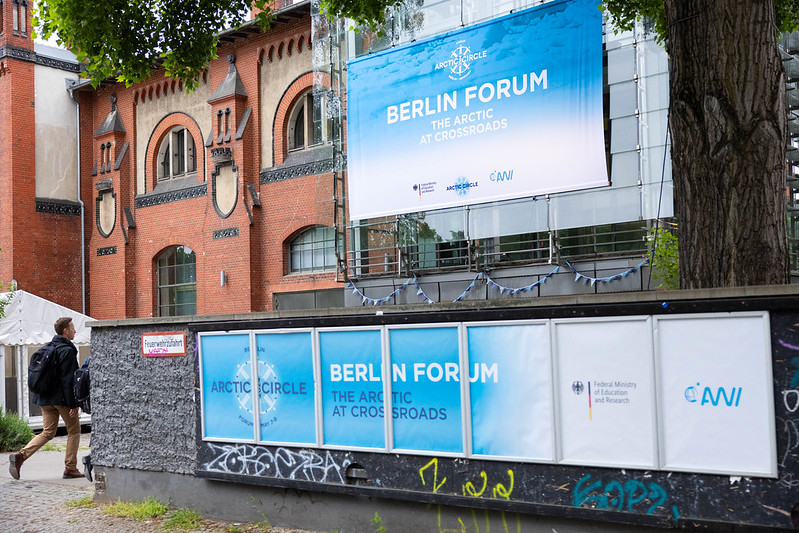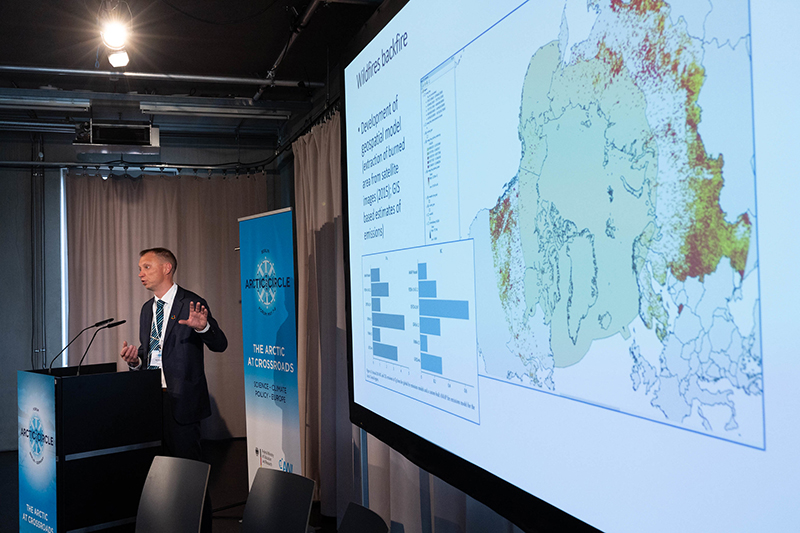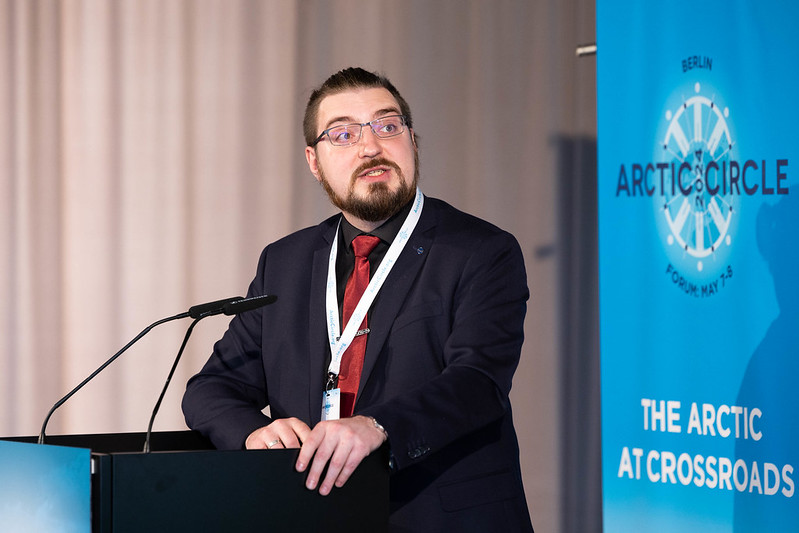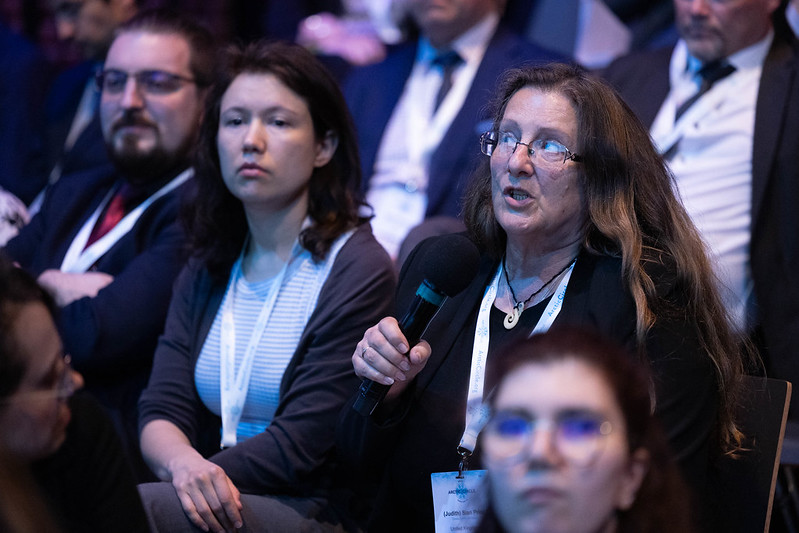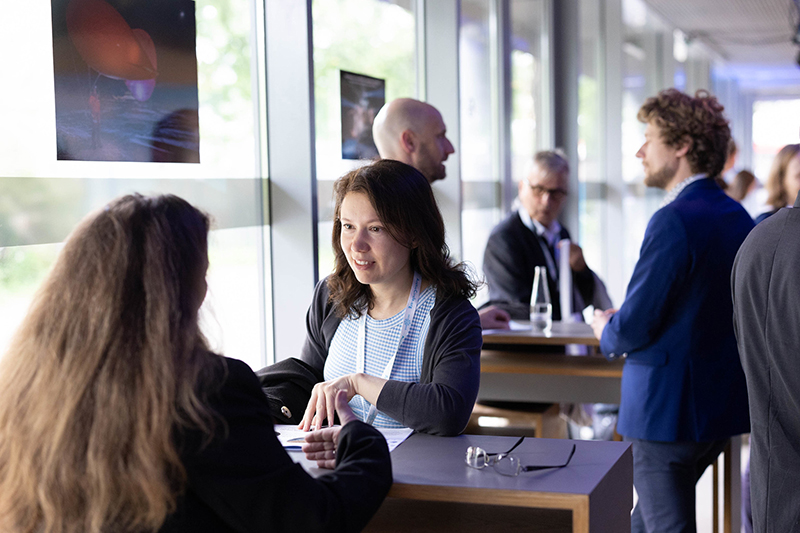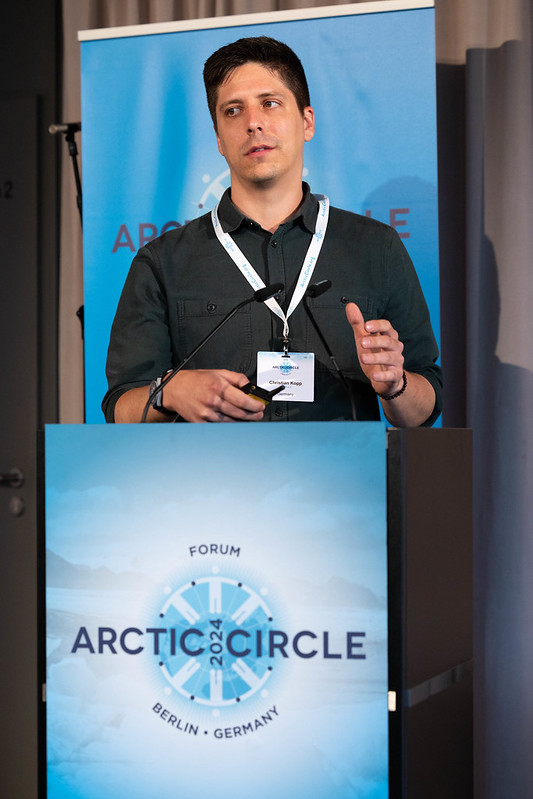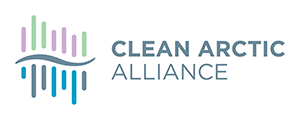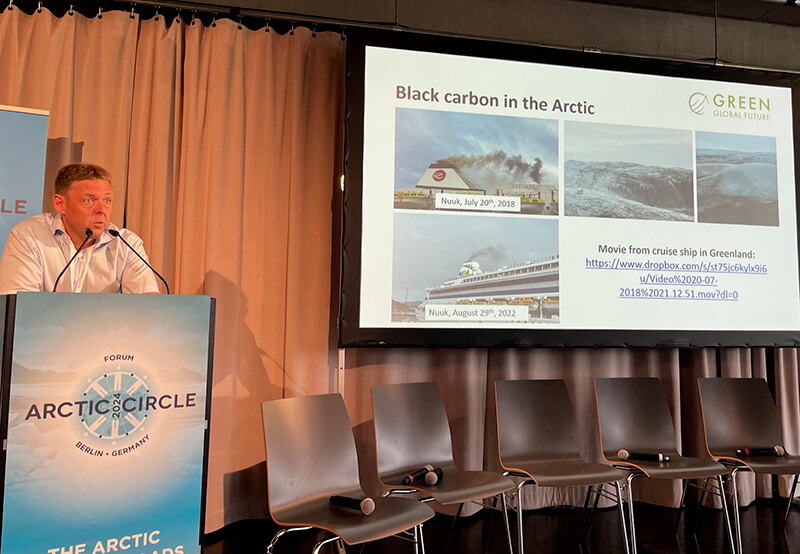
The loss of Arctic sea ice has led to an increase in shipping and trade in the Arctic and in parallel emissions from ships to air and water are also increasing. This session, during the recent Arctic Circle Forum Berlin: The Arctic at Crossroads event, looked at the impact of ships’ climate emissions, particularly short-lived climate forcers such as black carbon and methane, and the worrying consequences of these emissions for the Arctic. It identifies potential solutions and focuses on the role of regional and global regulations to reduce shipping’s impact on the Arctic and its people.
The session addressed the changes in shipping patterns in the Arctic, the global framework to regulate shipping climate emissions, the current status of emissions from Arctic shipping operating in and out of EU ports, the role of the EU in dealing with Arctic shipping climate emissions, and the need to address short-lived climate forcers emitted by ships. A range of solutions were also highlighted including designation of emission control areas and the development of a polar fuel standard.
Below are the speakers and their presentation slides.
- Rolf Rødven, Executive Secretary (PhD, MBA), Arctic Monitoring and Assessment Programme (AMAP) on Impact of short-lived climate forcers (black carbon & methane) on the Arctic and climate
- Liudmila Osipova, International Council on Clean Transportation (ICCT): The status of emissions from Arctic shipping operating in and out of EU ports
- Yury Sergeev, Bellona Foundation: Current status and prospects for development of the Northern Sea Route
- Christian Kopp, Naturschutzbund Deutschland (NABU): The EU and shipping climate emissions
- Kåre Press-Kristensen, Green Global Future: Project Life4MECA – Real life BC emissions from ships, health effects and solutions
- Sian Prior, Clean Arctic Alliance: Measures to reduce black carbon
The session was moderated by Clean Arctic Alliance Lead Advisor Dr Sian Prior.
